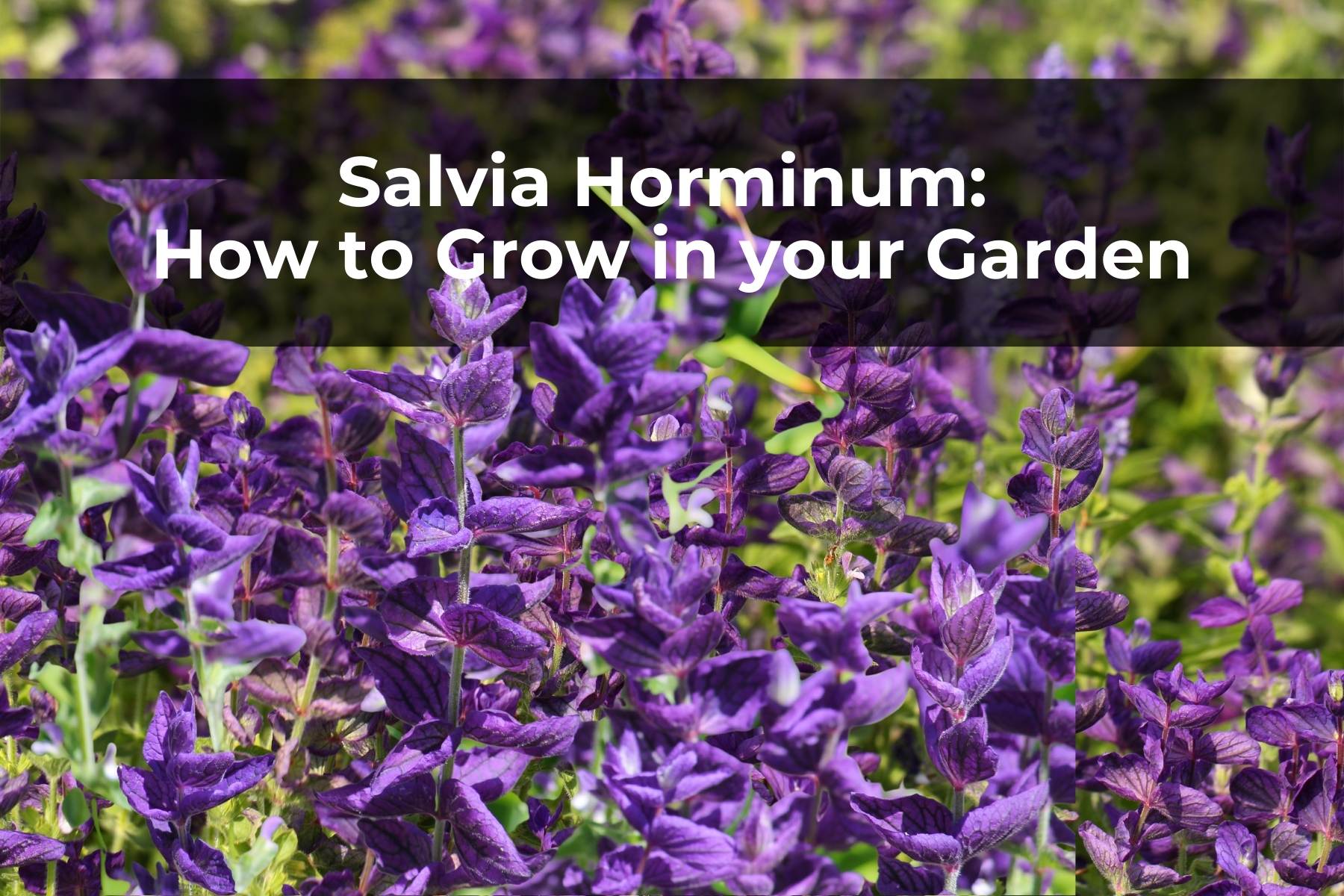Last Updated on April 16, 2024 by Real Men Sow
Salvia horminum, also known as viridis, is an annual erect plant that can grow to 30-60 cm and likes a sunny spot. These bracts are available in a variety of colours, including white, pink, and blue. Salvia horminum adds a lot of colour to any bed. You can use any single colour to make a themed bed. These flowers are popular with bees in summer. This is an annual plant that can be grown in full sun on well-prepared soil.
Salvia Horminum Flowers
These flowers are small and a falcate variety of flower. The hood of the bracts is white, while the bottom lobes of the flowers are white. They come in groups of 4-8 flowers. These flowers are available in a variety of colours, including whites, pinks, and purples. This annual flowers in the early summer, and can last into autumn.
Bracts
These bracts, which are made of papery material, are large and conspicuously veined. They remain for a while after the flower has opened. They can be pink, purple, or white and are the same colour of the flower.
How to Plant Salvia horminum
Salvia is easy to grow. If the weather is right, you can plant salvia outside in your garden soil. These are the steps to follow when planting salvia in your garden.
- Select a location. Salvia plants love full sun. Choose a location in your garden that receives at least six hours of sunshine per day.
- Prepare the soil. Salvia plants require well-draining soil that has a pH between 5.5 to 6.5. Mulch can be added to the soil to protect roots and retain moisture.
- Loosen the soil. To give salvia’s root systems ample room to grow, loosen the soil to a foot.
- Sow. Place the seeds evenly on the topsoil in the area. Cover the seeds lightly with soil.
- Transplant. Dig a hole twice as large as the container to transplant salvia plants. Place the root ball in the hole so that the soil is not touching the top. Depending on which variety you are growing, place each plant one to three feet apart.
- Water. Water until the soil is evenly moist.
General Care Guide of Salvia horminum
Although different types of salvia have different growing conditions and care requirements, most are similar. The following list contains gardening tips for caring for salvia.
Mulch
Mulch can be added to two- to three inches to protect the plants from weeds. This will help protect plants from frost in colder climates.
Deadhead
Deadheading may be beneficial for certain types of sage flowers. However, at the end of the season, you can leave the last flowers standing to encourage reseeding and feed the birds.
Prune
Your sage plants will get more woody as they age. These stems can be cut off. To encourage new growth, you can trim your salvia stems to one- to two inches after the first frost.
Divide
Divide your salvia plants every few years in the spring. Then replant them. The process of dividing your salvia plants can make them healthier and last longer.
Compost
To keep the bushes’ nutrients fresh and plentiful, you should add a layer of compost every spring.


